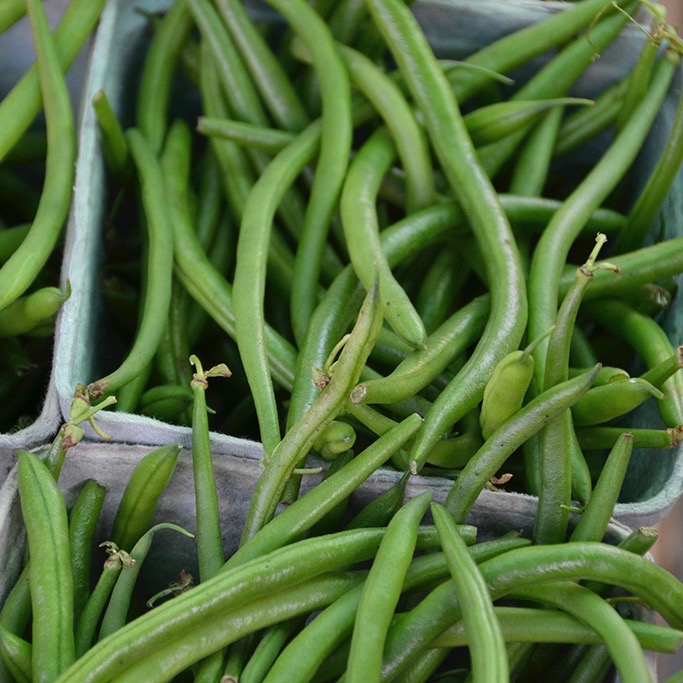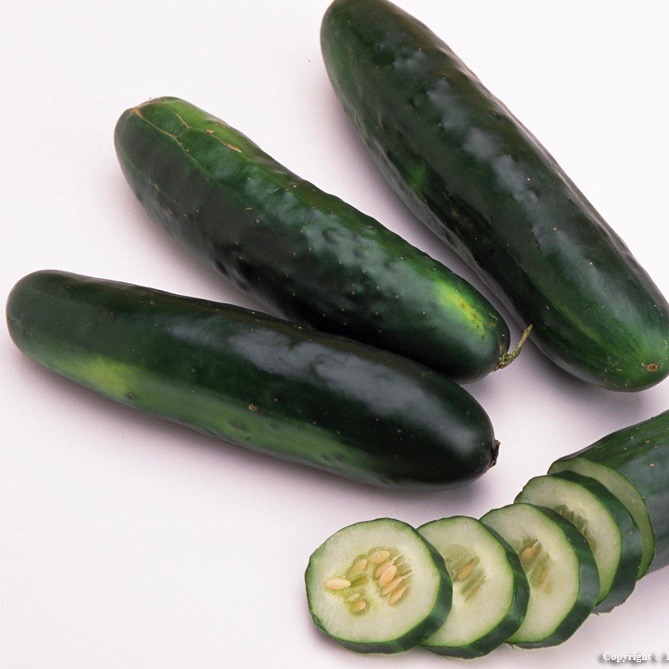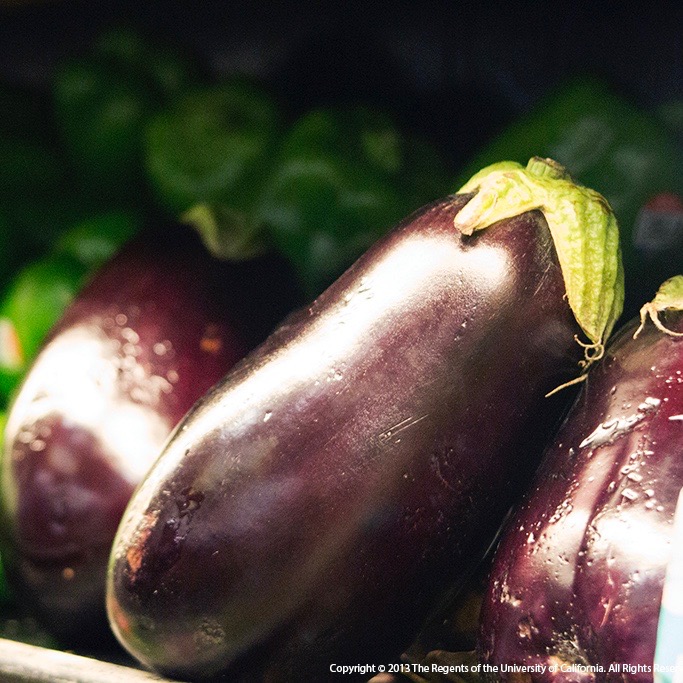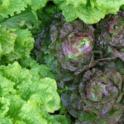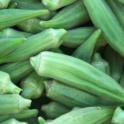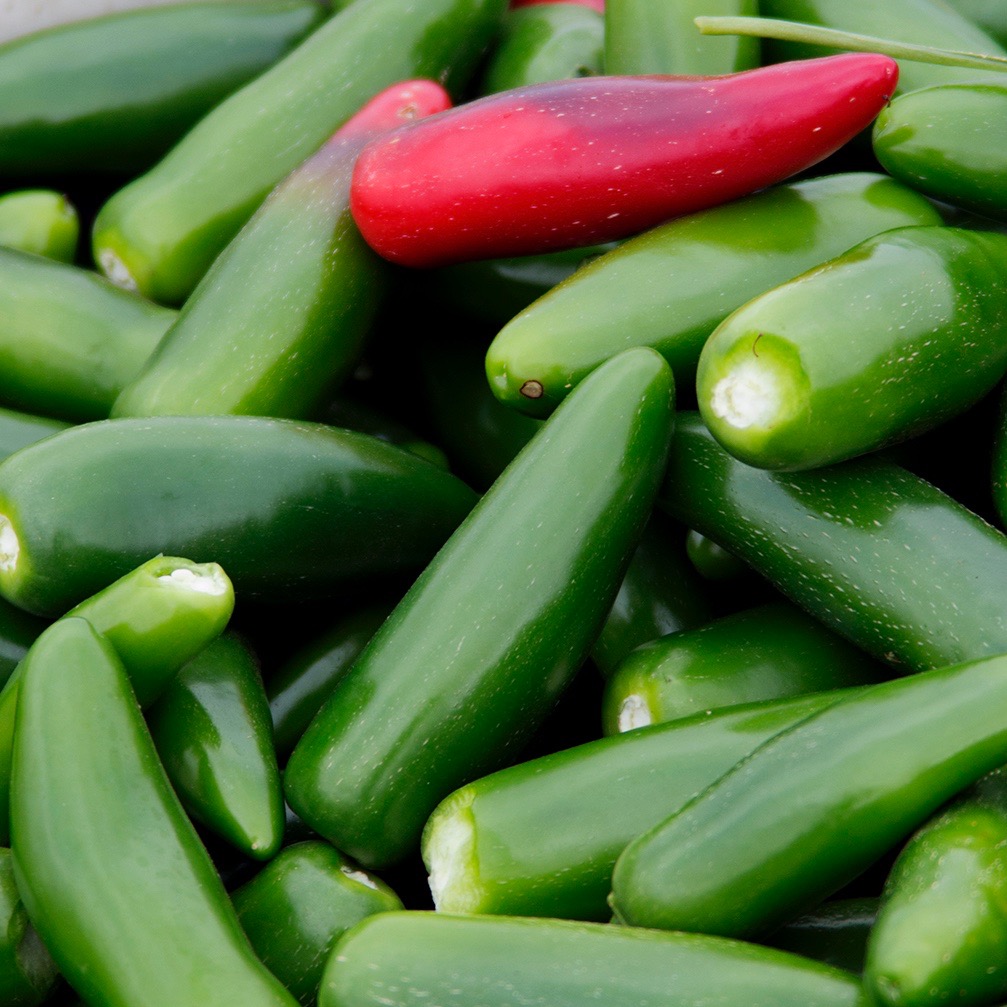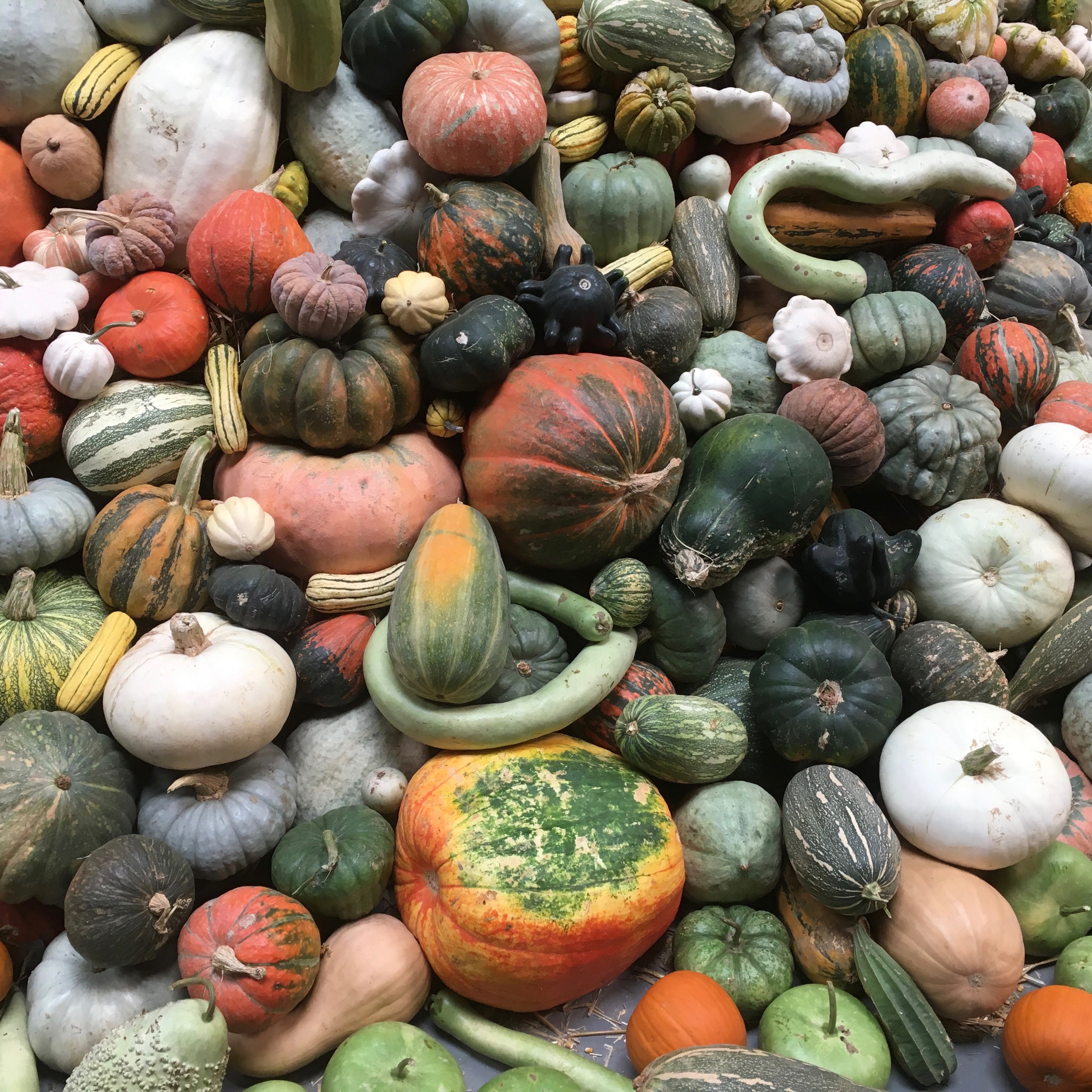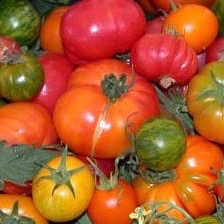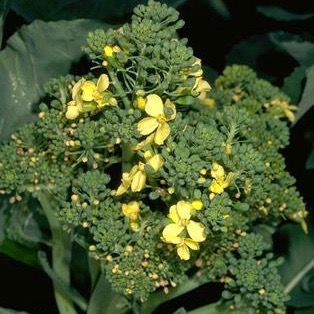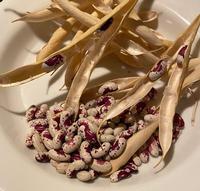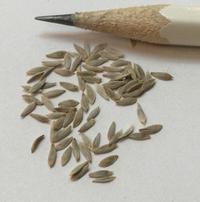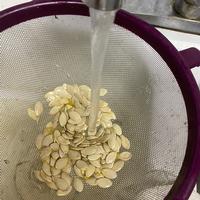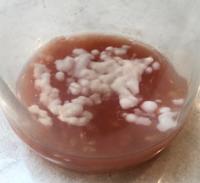Saving Seeds of Popular Vegetables
Garden Help > Vegetables > Vegetable Gardening Basics > Seed Saving Basics
Top tips for successful seed saving
Annual vegetables
Beans and peas
Type: Easy, self-pollinated before flowers open. (Runner beans are cross-pollinated by bees more easily than other beans or peas.)
When to harvest: Allow pods to fully mature and dry on the plant until the pods and the seeds inside them are hard.
How to harvest: Pull the whole plant or just cut off the pods. Note: some bean and pea pods will “shatter” when they are fully dry on the plant; a light touch can cause them to split open and release the seeds. Harvest dry pods carefully to avoid this. Shell out the seeds by hand, or thresh them out by putting them in a bag and beating it with a heavy stick, walking on the dry pods, etc. Winnow the seeds to remove the chaff.
Drying and storage: Spread seeds in a single layer on a tray, discard any that are visibly damaged, and dry for several weeks. When they are fully dry, put them into a ziplock plastic bag and put them in the freezer for 3-4 days to kill any insect eggs that may be inside the seeds. Remove from freezer. Let the containers come to room temperature before opening, to prevent condensation on the seeds. Label and date containers and store.
Cucumbers
Type: Difficult, as they will readily cross with other cucumbers (but only with other cucumbers). Pollinated by insects.
When to harvest: Pick the cucumber when it is fat and yellow, far beyond the edible stage.
How to harvest: Scrape the seeds and pulp into a glass jar. Let the mixture ferment for a few days. Add water and decant repeatedly until the seeds are completely clean.
Drying and storage: Place the drained seeds onto a glass, ceramic, or metal plate to dry. Do not dry on paper towels or cloth, as they may stick and be very difficult to remove. Store after seeds are completely dry. Label your seed containers, being sure to include any special steps taken to prohibit cross-pollination.
Eggplant
Type: Easy, self-pollinated, though some cross-pollination by insects may occur.
When to harvest: Allow a few eggplants to remain on the plant until they are fully mature: their original color will turn yellowish or brownish, and the skin will lose its shine. This will be well after they were ready to be eaten.
How to harvest: Cut open the eggplant: you should see hard, brownish seeds embedded in the flesh. Coarsely chop the part that has the most seeds. Put into a blender, add water, and pulse at the lowest speed to break up the flesh and release the seeds. Transfer the water, flesh, and seeds into another container. Add more water and decant repeatedly until only the viable seeds are remaining in the container (they will sink).
Drying and storage: Drain well and spread out to dry on a glass, ceramic, or metal surface. Do not dry on paper towels or cloth, as they may stick and be very difficult to remove. Label and store seeds when completely dry.
Lettuce
Type: Easy, self-pollinated, though some cross-pollination by wind may occur.
When to harvest: Allow plants to remain in the garden until they have bolted and produced tall stalks with many flowers.
How to harvest: After the flowers have dried and turned to small white fluffy heads, pull or shake off the attached seeds. You can also cut the entire top of the plant and thresh out the seeds by putting them in a paper bag and beating it. Winnow to remove the chaff.
Drying and storage: Dry on a glass, ceramic, or metal surface. Label and store seed containers after seeds are completely dry.
Okra
Type: Difficult. Self-pollinating, but easily cross-pollinated by insects.
When to harvest: Allow a few pods to fully mature on the plant until they become hard and dry.
How to harvest: Break open the pods to release the seeds, or store the whole pod.
Drying and storage: Allow to dry at room temperature for an additional two weeks before storing. Label your seed containers, being sure to include any special steps taken to prohibit cross-pollination.
Peppers
Type: Easy, usually self-pollinated, but can be cross-pollinated by insects. Isolate hot peppers from sweet peppers.
When to harvest: Allow peppers to ripen fully (turn red) on the plant.
How to harvest: Cut open and scrape out the seeds and remove any membrane.
Drying and storage: Spread the seeds out onto a glass, ceramic, or metal surface to dry. Store only after seeds are completely dry. Label your seed containers, being sure to include any special steps taken to prohibit cross-pollination, or isolation of hot from sweet peppers.
Squash and pumpkins
Type: Difficult, as they easily cross with other nearby plants of the same species. Pollinated by insects.
There are three species commonly grown in home gardens. To reduce the chance of crossing, be sure you are raising just one of each species (and hope that the neighbors are not raising different varieties!). Here are examples:
Curcurbita pepo: acorn squash, zucchini and most summer squash, spaghetti squash, gourds, field pumpkins
C. moschata: butternut, Tromboncino
C. maxima: buttercup, Kabocha, banana, Cinderella pumpkin, Hubbard, Atlantic Giant pumpkin
Because these vegetables are easily cross-pollinated and so commonly grown, saving seed that will be true to type is more difficult. Techniques to prevent cross-pollination should be used. See references.
When to harvest: Allow the squash to fully mature on the vine. For winter squash, you can collect the seed when you are ready to cook the squash. For summer squash, allow the squash to mature on the plant to the hard-shell stage, about eight weeks beyond when it is ready for eating. It is recommended that you store the mature squash for about 3 weeks after harvest before opening to collect the seeds.
How to harvest: Cut open, scrape out the seeds, and wash them in water to remove pulp. For squash, both viable and non-viable seeds will float. Select the largest and plumpest seeds for saving.
Drying and storage: Dry the selected seeds on newspaper for about two weeks until completely dry, then label and store. When labeling, include any special steps taken to prohibit cross-pollination.
Tomatoes
Type: Easy, self-pollinated, though some cross-pollination by insects may occur.
When to harvest: Harvest seeds when the tomatoes are fully ripe.
How to harvest: Pick the best tomatoes from your best plants when fully ripe.
Cut several fruits in half along their equator, and squeeze out the pulp and seeds into a glass jar.
Allow to stand for several days (1-5 days) to ferment, swirling the contents once or twice a day. The mixture will develop a mold layer and a disagreeable odor, and the viable seeds will sink to the bottom of the jar.When the mold layer covers the surface of the liquid, add more water to the jar and swirl it. When the seeds settle, pour off as much of the liquid and pulp as you can, without losing the seeds. (Seeds that float are most likely not viable.) Add more fresh water to the seeds, swirl, and decant repeatedly until only clean seeds remain in the jar.
Drying and storage: Dump the clean seeds into a strainer. Set the strainer on a pad of paper toweling to absorb more of the water from the seeds. Then dump the drained seeds onto a glass, ceramic, or metal plate to dry. Do not dry tomato seeds on paper towels or cloth, as they will stick and be very difficult to remove. Coffee filters are ok, as seeds do not stick to them. Spread the seeds out as much as possible, so they will dry more quickly. Each day, break up any remaining clumps to ensure even drying.
Label and store after seeds are completely dry.
Biennial vegetables
- Biennial vegetables require a period of chill to begin flowering. If they are planted in the spring, summer, or fall of the year, they will not flower and go to seed until the following spring. In Santa Clara County's mild winters, these plants can be left in the ground all winter and allowed to flower and produce seed the following spring.
- Biennials include:
- Most of the broccoli family, including broccoli, cauliflower, kale, collards, cabbage, kohlrabi, Brussels sprouts
- Most of the carrot family, including carrots, celery, celery root, parsnips, and parsley
- Beets and chard
- Because these plants are very easily cross-pollinated and commonly grown, saving seed from them is very difficult. Techniques to prevent cross-pollination must be used.
- Seeds from all the above biennial vegetables can be harvested by the dry method.







